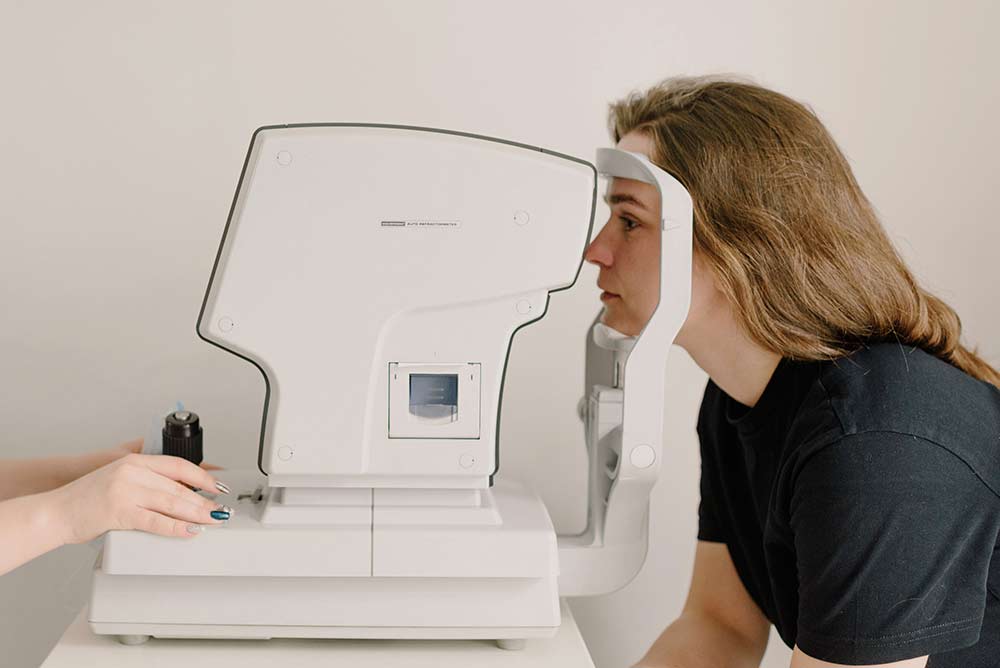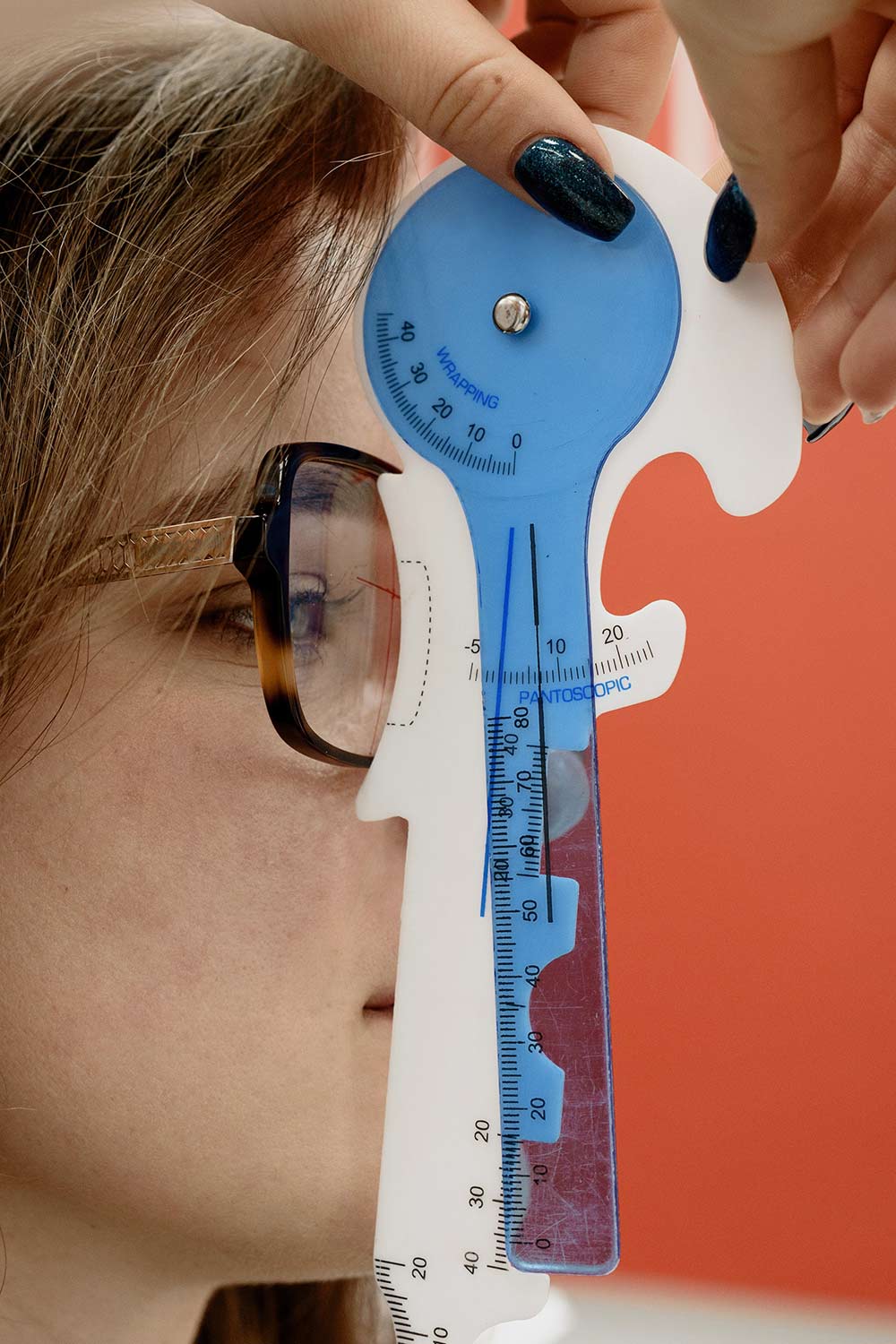Treatments in our contracted health institutions
 Smart Lens
Smart Lens
In the past, in the surgery of cataract patients, the natural lens in the eye was removed and single-focal lenses designed to see the distance clearly were put in place. After this treatment, patients could see the distance clearly without glasses, but they had to use glasses to see up close.
Today, multifocal, that is, multifocal intraocular lenses, have begun to be used. Thanks to these new lenses, patients can see far, intermediate (looking at the computer) and near (reading) distances without glasses after surgery.
When smart lenses are used, the patient does not need to wear glasses after treatment. These lenses positively affect the quality of life as they provide uninterrupted and clear vision for close, medium and long distances.
Smart lenses should not be confused with contact lenses. Smart lenses remain in the eye for life as soon as they are inserted into the eye. They are lifetime lenses. The quality and type of the intraocular lens placed in the eye determines the postoperative eye health and visual quality of the patients. When the correct lens selection is made, the patient can see clearly in the far, middle and near distances, and the quality of life increases. TRI-FOCAL (・ focused) lenses, which have undergone various studies and tests and whose success has been proven with a quality certificate, are preferred.
Who is smart lens treatment applied to?
- For people over the age of 40 - 45 who do not want to use glasses
- In Cataract Treatment
- Alternative to Laser in Refraction Defects (Can be used instead of laser application in the treatment of visual disorders such as hyperopia, myopia, astigmatism)
- Patients who cannot undergo laser treatment. In patients who do not have the appropriate corneal thickness and have advanced eye number
 Lasik Eye Surgery
Lasik Eye Surgery
Lasik surgery is a form of refractive surgery, which is a form of treatment applied to ensure that patients who wear glasses or contact lenses due to eye disorders can see clearly without glasses. The eye disorder is corrected by using laser beams. This surgery is the most frequently applied and most reliable laser eye surgery method all over the world and in our country. In order to create a clear image, the rays coming into the eye must be refracted properly and focused on the retina. This focusing process is done by the cornea and the lens. In eyes with refractive errors, the light cannot be refracted correctly and a blurred image occurs.
In LASIK surgery, an incision in the form of a flap, called a flap, is made on the outer layer of the eye, which we call the cornea. This flap is made with femtosecond lasers (INTRALASE) without a blade. Later, this cover is removed and laser beams are applied to the under-cover area of the cornea and the cornea is reshaped. Afterwards, the flap is covered again and a rapid recovery is achieved. Thus, correct refraction of the rays is ensured, and refractive error is corrected and clear vision is provided.